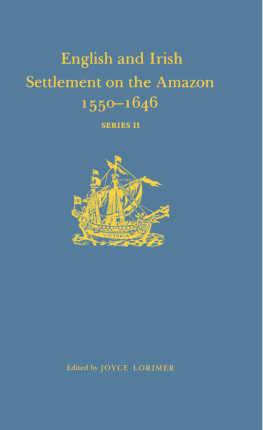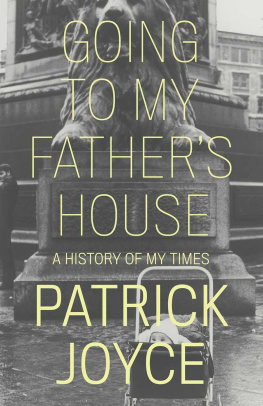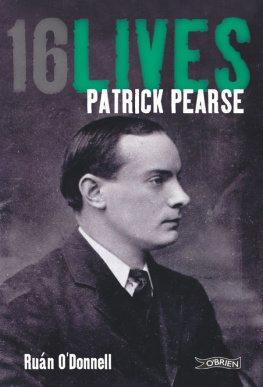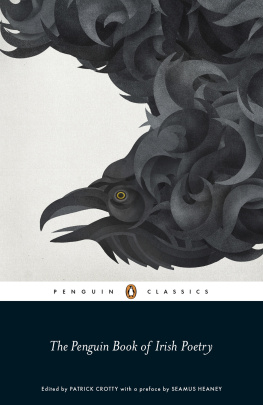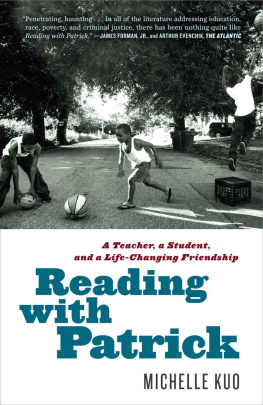A READING BOOK IN IRISH HISTORY BY P. W. JOYCE, LL.D.
One of the Commissioners for the Publication of the Ancient Laws of Ireland
Author of
"A SHORT HISTORY OF IRELAND" "A CHILD'S HISTORY OF IRELAND"
"IRISH NAMES OF PLACES," "OLD CELTIC ROMANCES"
"ANCIENT IRISH MUSIC"
AND OTHER WORKS RELATING TO IRELAND
LONGMANS, GREEN, AND CO.
LONDON, NEW YORK, AND BOMBAY
DUBLIN: M. H. GILL AND SON
1900
[All rights reserved]
PREFACE.
As this little book is intended chiefly for children, the language is very simple. But to make matters still easier, all words and allusions presenting the smallest difficulty are explained either in footnotes or in the "Notes and Explanations" at the end.
Advantage has been taken of the descriptions under the several Illustrations to give a good deal of information on the customs and usages of the ancient Irish people.
Although the book has been written for children, it will be found, I hope, sufficiently interesting and instructive for the perusal of older persons.
The book, as will be seen, contains a mixture of Irish History, Biography, and Romance; and most of the pieces appear in their present form now for the first time. A knowledge of the History of the country is conveyed, partly in special Historical Sketches, partly in the Notes under the Illustrations, and partly through the Biography of important personages, who flourished at various periods from St. Brigit down to the Great Earl of Kildare. And besides this, the Stories, like those of all other ancient nations, teach History of another kind, very important in its own way.
Ancient Irish Manuscript books contain great numbers of Historical and Romantic Tales; and the specimens given here in translation will, I am confident, give the reader a very favourable impression of old Irish writings of this class.
I make the following acknowledgments of assistance, with pleasure and thanks:
To the Council of the Royal Irish Academy I am indebted for the use of the blocks of many Illustrations in Wilde's "Catalogue of Irish Antiquities."
I owe to the Council of the Royal Society of Antiquaries of Ireland several Illustrations from their Journal.
Colonel Wood-Martin has given me the use of the blocks of several of the Illustrations in his "Pagan Ireland."
Lord Walter FitzGerald has given me permission to reproduce the drawing of the old Chapter House door in St. Patrick's Cathedral, Dublin, from the "Journal of the Kildare Archological Society."
And lastly, Messrs. Macmillan & Co. have permitted me to print portions of Lord Tennyson's poem, "The Voyage of Maildune."
I.
LEGENDS AND EARLY HISTORY.
In our . Of the five early races, the two last, who were called Dedannans and Milesians, were the most remarkable; and they are mixed up with most of the old Irish tales.
The Dedannans, coming from Greece, landed in Ireland; and having overcome the people they found there, became masters of the country. They had the name of being great . They remained in possession for about two hundred years, till the Milesians came, as will now be related.
For many generations the Milesians, before their arrival in Ireland, journeyed from one part of Europe to another, seeking for some place of settlement. And becoming at length weary of this state of unrest, they or Milesius, from whom they came to be called Milesians.
Some old Irish writers say that while they dwelt in Spain, their chiefs, as they gazed over the waters northwards, one clear winter's night, from the top of a tower at the place now called Corunna, saw Inisfail like a dim white cloud on the sea, in the far distance. However this may be, the eight sons of Milesius, after their father's deathmany centuries before the Christian eraset sail with a fleet, and soon arrived on the coast of Ireland. But before they could land, the Dedannans, by their spells, raised a furious tempest, which wrecked the fleet and drowned five of the brothers with most of their crews. The remaining three landed with their men; and having defeated the Dedannans in battle, they took possession of Ireland.
A fairy hill: an earthen mound at Highwood, near Lough Arrow, in Co. Sligo. A fairy moat is also figured at page .
When the Dedannans found that they were no longer able to hold the country, the legend tells us that they retired to secret dwellings under old forts, moats, , and beautiful green little hills: and they became fairies, and built themselves glorious palaces in their new underground abodes, all ablaze with light, and glittering with gems and gold.
From that period forward, till the time of the Danes, there were no more invasions; and the Milesian kings and people were left to make their own laws and manage the country as they thought best, without any interference from outside.
In the History of Ireland from the settlement of the Milesian Colony down to the time of St. Patrick, that is, to the fifth century of the Christian Era, there is a mixture of legend and fact; and it is often hard to disentangle them, so as to tell which is truth and which is fable. As we advance, the truth and certainty increase, and the legend grows less, till we arrive near the time of St. Patrick. From about this period forward, we are able to tell the main history of the country without any mixture of fable.


